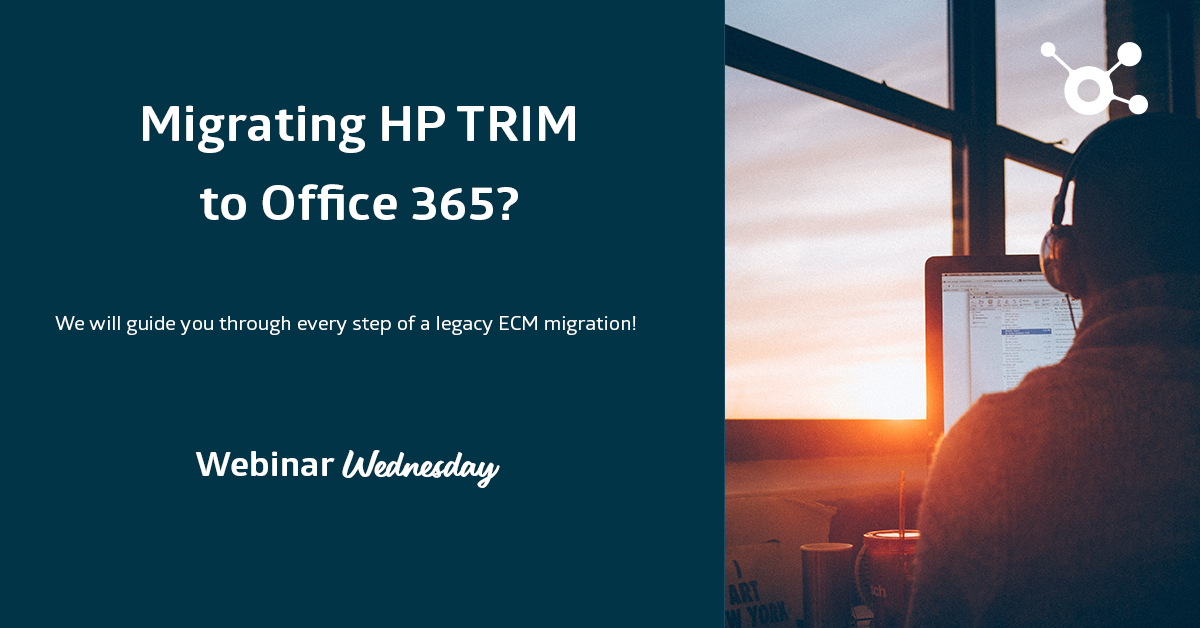5 Questions You Have To Ask Yourself When Migrating HP TRIM
by Sjoerd Alkema, on Jan 8, 2019 2:31:29 PM
The adoption of cloud enterprise content management systems, high costs of on-premise installation and the evolution of ECM and solutions, are probably the main drivers for organizations to move away from legacy enterprise document and records management solutions, like Micro Focus Content Manager (formerly known as HP Record Management and HP TRIM). Migrating HP TRIM content to a new target system can be quite challenging.
 1. Do I really know everything?
1. Do I really know everything?
Always start a migration project with an analysis; not only a business analysis but also a content and metadata analysis. This gives insight in what content is stored in HP TRIM, its quality or lack of it. You might even want to use the analysis results as input for your implementation strategy.
2. Do I need to map everything?
Probably not. Your HP TRIM environment probably contains large amounts of metadata that has changed over time. Mapping this metadata to the new data model is a lengthy process and most like not possible at all. Focus on the necessary, such as retention policies, naming, document types, structures. Think about what is needed to find your files and what is needed to cover legal and compliancy, and still have the functionality in the new system that works on metadata. You can always transfer all non-essential metadata to the new system for preservation of historical purpose, for instance by creating a document containing all metadata.
3. What about security mapping?
It is always a big challenge to do a 1-to-1 security mapping. Systems have different security models, so mapping these can be impossible. Our best practice is to base the security on the content and location of the files. If you base it on the content - who actually from a content perspective should have access - you can make sure everything is secure and even optimize the security complexity while migrating.
4. How do I plan this HP TRIM migration?
You will probably want to align with your implementation planning. If this is phased per department, for instance, you would want to align the migration of content with that. Regarding the target system, you want to measure what the import performance is as soon as possible. Usually this is the bottleneck of the migration performance and therefor you will need to test it as soon as possible so you can use this information as input for the migration planning.
5. Can't I do something else than migrate the content?
When your HP TRIM environment is “stuck” in your architecture, because it’s extremely large and kinds of processes are connected to it, you can consider integrating first and migrating step by step. With Xillio’s integration solution it’s possible to integrate HP TRIM content in the new ECM or RM solution, so the users have the benefits of the new solutions, while in the background you can work on the complex project of phasing out the HP TRIM system in a controlled way.
----------------------------------------------------------------------------------------
Interested in migrating HP TRIM to SharePoint?
Learn the killer tips to help you migrate HP TRIM to SharePoint. Watch one of our former webinars.





%20(300%20x%2060%20px)%20(3).png?width=635&height=127&name=ISO%20email%20signature%20(390%20x%2060%20px)%20(300%20x%2060%20px)%20(3).png)